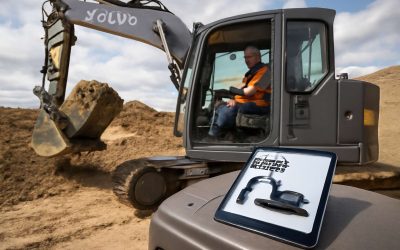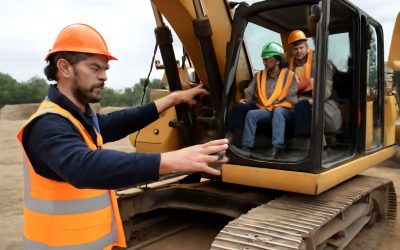
Excavators are heavy construction equipment that consist of a boom, arm, bucket, and cab on a rotating superstructure atop an undercarriage with tracks or wheels. With the addition of special tools such as hydraulic breakers, cutters, shears, grapples, and couplers at the end of different boom and arm configurations, these machines are able to perform a wide range of digging and lifting tasks. While their versatility makes them a staple on just about every construction site, the fact that they are also extremely powerful and durable makes them a must-have for projects that require deep excavation and trench work.
For those who are looking for an efficient and versatile excavator, consider purchasing or renting one from a trusted dealer. Before making a decision, consider your financial situation and how often you will be using the machine. If you plan to use the excavator regularly, purchasing may be a better option as it will save you money in the long run. On the other hand, if you only need an excavator for occasional jobs, renting may be a more affordable choice.
Whether you are buying or renting an excavator, consider the size of your jobsite and whether you have access to a suitable area for this type of machinery. Mini excavators are ideal for small spaces as they can be maneuvered around buildings and structures with ease. They are also great for completing landscaping jobs like digging holes for trees.
Mid-sized excavators, on the other hand, can handle a wide variety of jobs. They have a more spacious cab and are equipped with high-tech features that improve operator safety and comfort, including improved line of sight, proportional joystick controls, rear cameras, air suspension seats, and climate control systems. These advanced systems help make excavators easier to operate and allow you to stay comfortable while operating them for extended periods of time.
Larger excavators are best for large-scale construction projects. These machines feature a track-mounted undercarriage and a large bucket that can carry more than 10,000 pounds of material. Depending on their design, these excavators can be used for various applications such as building roads and clearing debris. Some even have the ability to reach underground worksites without damaging the surrounding environment.
If you want to get the most out of your excavator, look for one with a rubber track. This type of undercarriage is more durable than steel tracks and offers more stability on uneven surfaces. It is especially useful when working on dilapidated and unstable ground. Rubber tracks also reduce the amount of shoving that is needed when traversing over rough terrains.
When choosing an excavator, consider the amount of attachments that you will need for your project. Some popular excavator attachments include the bucket, thumb, and auger. The bucket is great for digging and scooping materials while the thumb attachment makes it easier to grip bulky items. The auger, on the other hand, is perfect for digging tasks as it can dig holes faster than a standard excavator.



0 Comments